Eel is one of the representative dishes of Japanese cuisine and is deeply rooted in Japanese food culture. Not only that, it has long been valued as a source of stamina in summer. As we enter July and the height of summer is approaching, this time we will thoroughly introduce various trivia about eel!
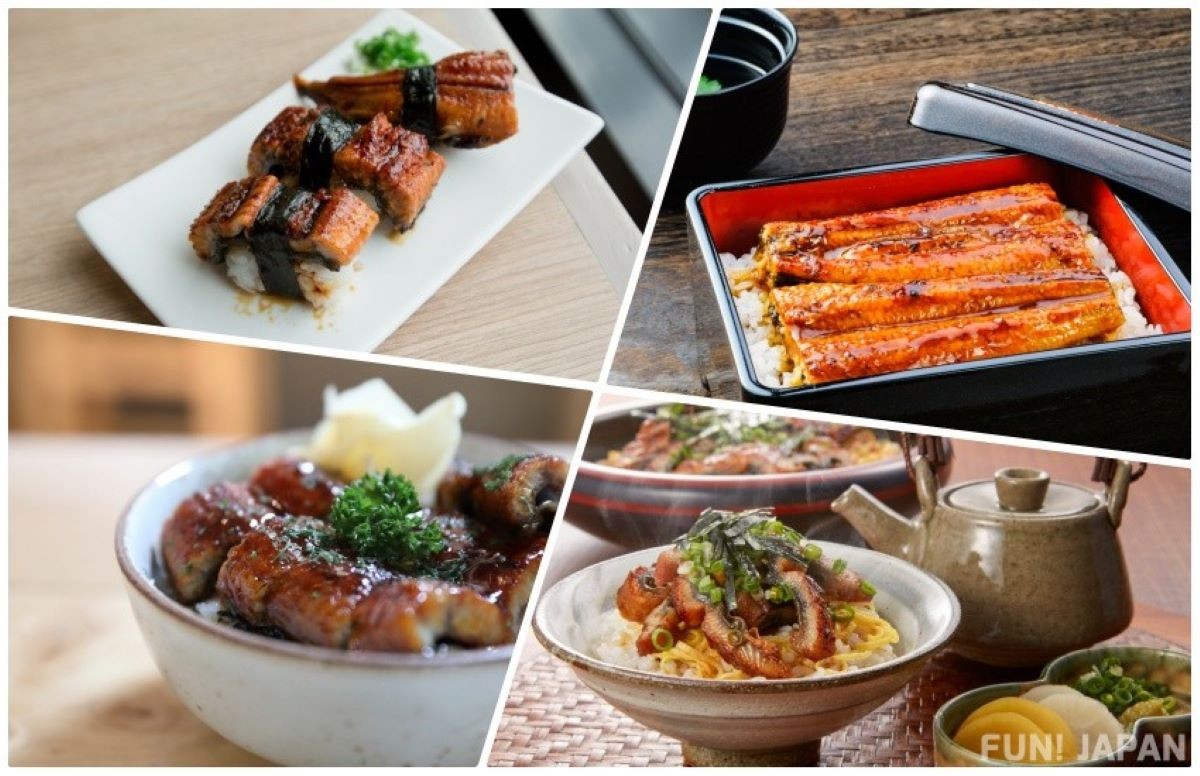
What is the Day of the Ox in the Midsummer?
"Doyou" (土用) refers to the period of about 18 days before the seasonal changes of "Risshun, Rikka, Risshu, and Ritto" (the beginning of spring, summer, autumn, and winter). On the other hand, "Ushi no Hi" refers to the day corresponding to the zodiac sign "Ushi" (丑 - Chinese Zodiac's Ox). There are 12 zodiac signs, each assigned to a day, so "Ushi no Hi" comes around every 12 days.
There are four "Doyou" periods in a year, but the summer Doyou coincides with the end of the rainy season and the "Taisho" period (大暑 - when the heat is most severe), which is considered a time when people are prone to poor health. Therefore, Japanese people particularly value the "Natsu no Doyou" (Summer Doyou) and have a custom of eating foods that are invigorating to withstand the heat.
Why do we eat eel?
There are various theories about the origin of the custom of eating eel, but the most credible one is that it was proposed by Hiraga Gennai, a scholar from the Edo period.
When Hiraga Gennai received a consultation from an eel shop that was not doing well in the summer, he suggested that they put up a sign saying "Today is Ushi no Hi". As a result, they were able to attract customers successfully, and other eel shops started to follow suit, establishing the custom of eating eel on the day of Doyou Ushi.
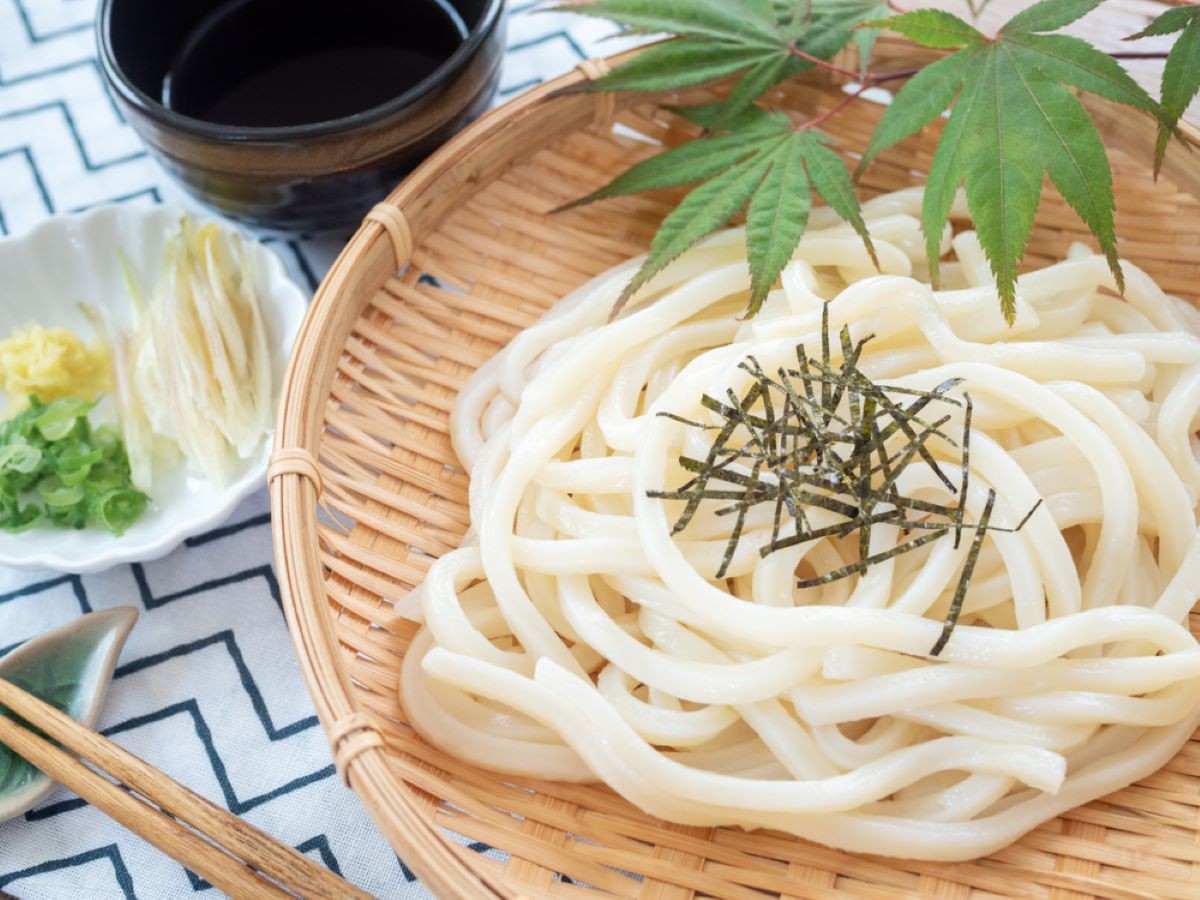
It's not just eel! What else is good to eat on Doyo no Ushi no Hi?
When it comes to what to eat on the summer day of Doyo no Ushi no Hi, eel is undoubtedly the standard. However, there are still many foods that start with "u" in honor of Ushi no Hi. Digestible "udon", "umeboshi" that can replenish minerals and salt, and nutritious "beef (ushi), horse meat (uma)" are all recommended ingredients for the appetite-less summer.
Also, because the guardian deity of the Ushi direction (15~45 degree North-Northeast), "Genbu" the black tortoise, has black as its directional color, black foods such as loach, clams, eggplant, black beans, and black sesame are considered to bring good luck.
There is also a custom of taking a bath with medicinal herbs, called "Ushi-yu"
On the summer day of Doyo no Ushi no Hi, there is also a custom of taking a bath with medicinal herbs (such as peach leaves and persimmon leaves) for heatstroke prevention and fatigue recovery. This custom has been continued since the Edo period, but at that time, many households did not have indoor baths, or could not easily take a bath, so by bathing on special days, the effects were felt more than they actually were.
The epitome of nourishment! What nutrients are contained in eel?
Eel is known as a stamina food, but what kind of nutrients does it contain?
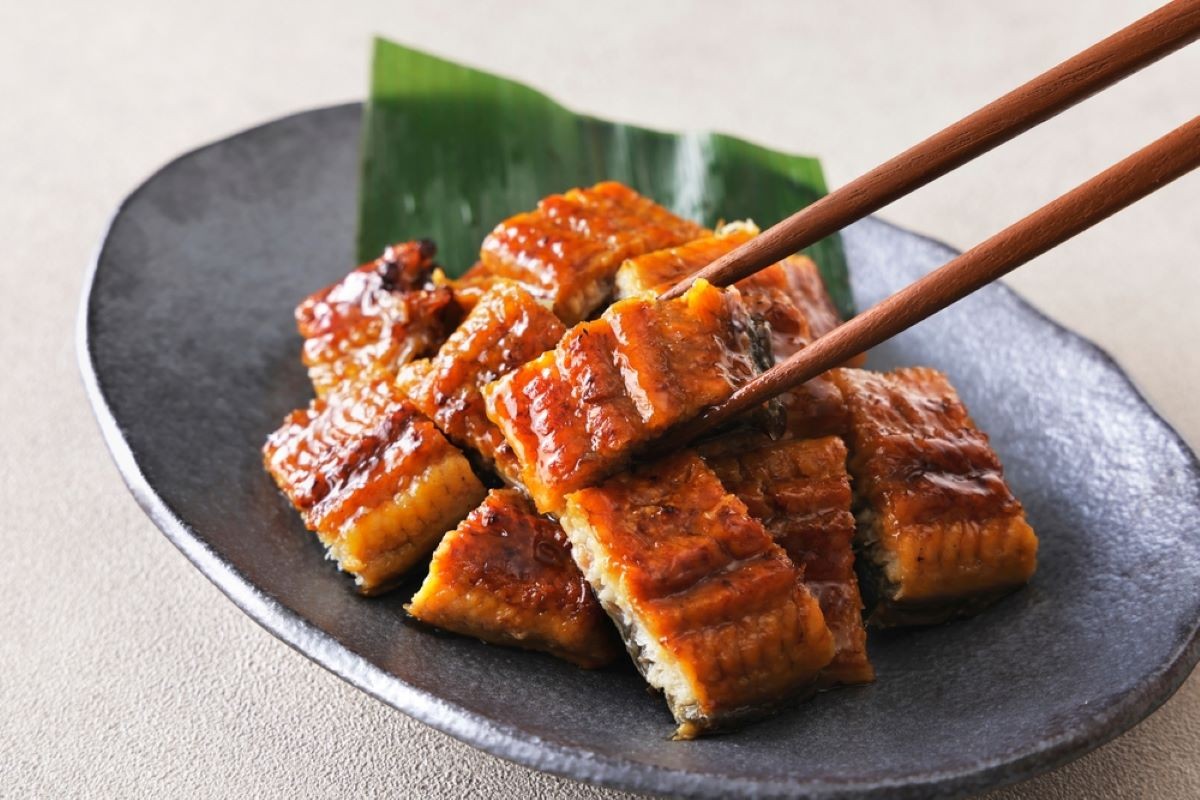
- Protein: Eel contains more protein than chicken breast or tofu, which helps maintain and repair muscles.
- Vitamin A: An important nutrient for maintaining vision and skin health, it is said that the daily required intake can be covered by one eel.
- Vitamin B group: Eel contains 25 times more vitamin B1 than milk and 10 times more than spinach, which is said to be effective for fatigue recovery. It is also rich in vitamin B2, which is important for growth.
- Vitamin D: Promotes the development of bones and teeth and aids in the absorption of calcium.
- Vitamin E: Has antioxidant properties and is said to prevent cell aging.
- Collagen: It is abundant in the inner part of the eel's skin and is expected to maintain the firmness and elasticity of the skin.
- DHA and EPA: A type of omega-3 fatty acid, it supports cardiovascular health and promotes anti-inflammatory effects.
Be careful not to eat too much eel!
Eel is not only delicious but also rich in nutrients. However, it also contains a lot of fat and cholesterol, and excessive consumption can lead to obesity, arteriosclerosis, and cardiovascular diseases.
It's not that the more you eat, the healthier you are, so let's aim for a balanced diet by keeping the right amount.
Enjoy the delicious taste of eel without wasting anything! Various eel dishes
The fluffy and moist meat, the liver with a moderate bitterness, the crispy texture of the bone cracker... Eel, which offers different textures and tastes depending on the part, is truly a versatile ingredient!
From here, we will introduce everything from common cooking methods to unusual ways of eating, so if you find a dish that interests you, please try it once.
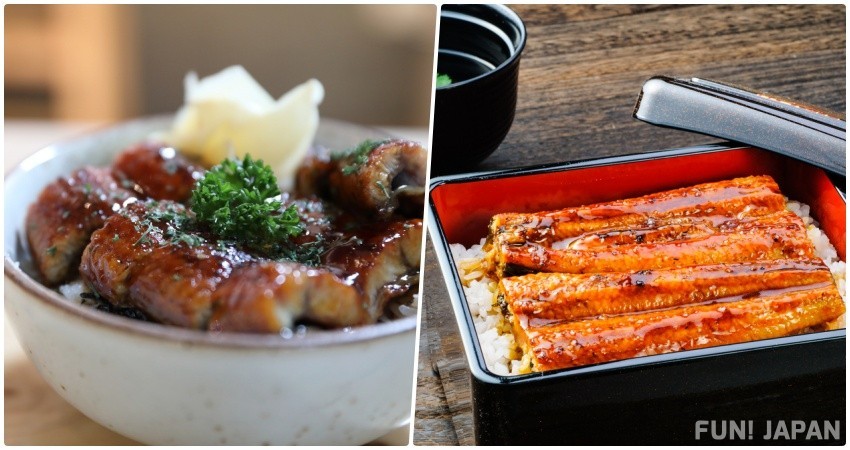
Unaju・Unadon
Unaju and Unadon are the most common eel dishes, both of which are grilled eel served on rice. The only difference between the two is the 'dish' they are served in, but since Unaju has more eel, it is more expensive than Unadon.
What is the difference between Kanto-style and Kansai-style eel?
Also, the grilled eel varies between Kanto-style and Kansai-style, and the differences in how they are cut and grilled reflect the differences between samurai culture and merchant culture.
| Kanto-style | Kansai-style | |
| Cutting method | Back cut | Belly cut |
| Skewer | Bamboo skewer | Metal skewer |
| Cooking process | Steamed and grilled | Direct flame grilled |
| Texture | Soft and fluffy | Crispy and juicy |
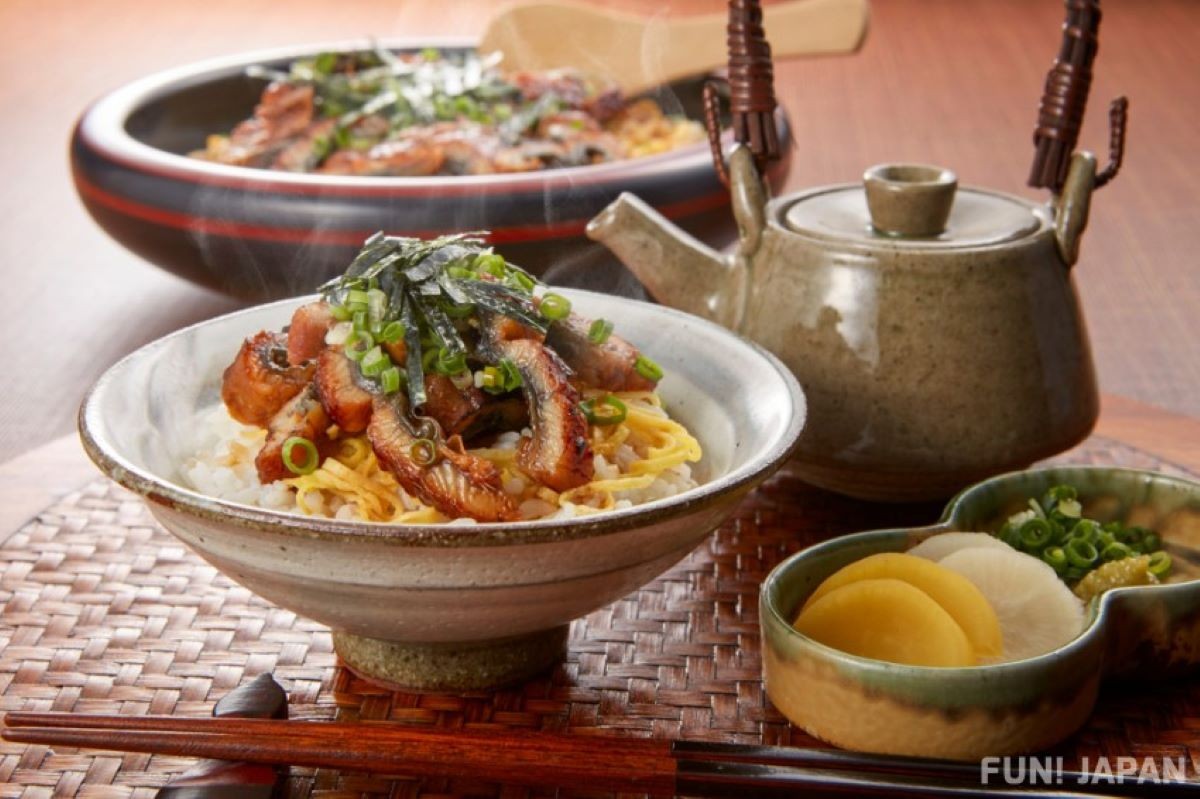
Hitsumabushi
Hitsumabushi is known as a representative of Nagoya gourmet, and you can enjoy three ways of eating at once. First, eat the first bowl as it is, then arrange it with green onions and Japanese pepper. Many people finish it by pouring broth and making it like a rice soup, but of course it's OK to enjoy it in your favorite way!
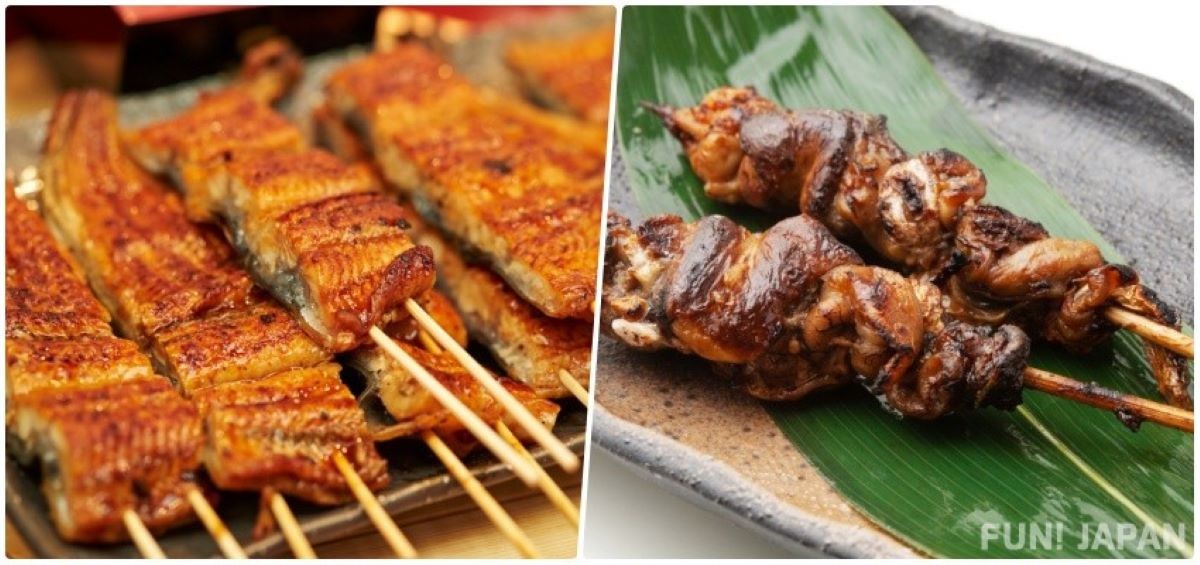
Eel Skewers
This style involves grilling eel, cut into bite-sized pieces like yakitori, over charcoal. The charm is that you can enjoy not only the flesh but also rare parts such as fins and liver.
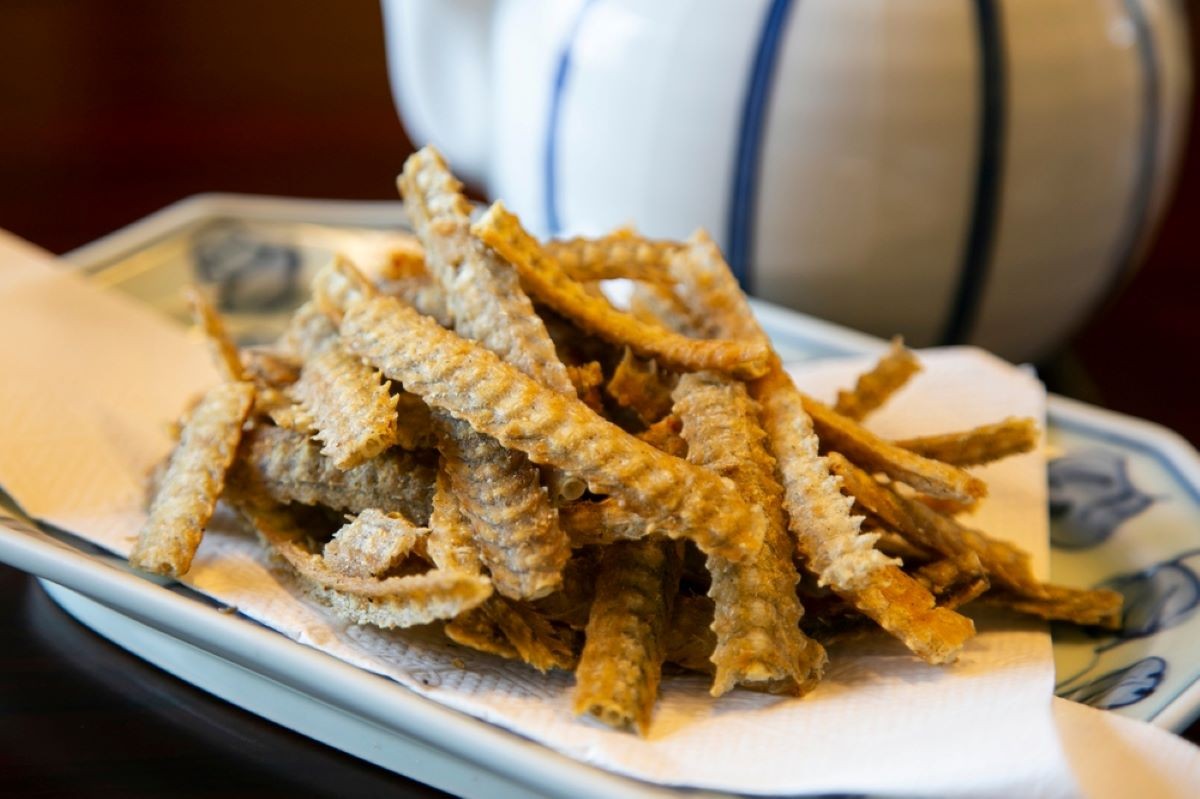
Eel Bone Crackers
A snack made by frying eel bones in oil until crispy. It's rich in calcium and perfect for a side dish with alcohol.
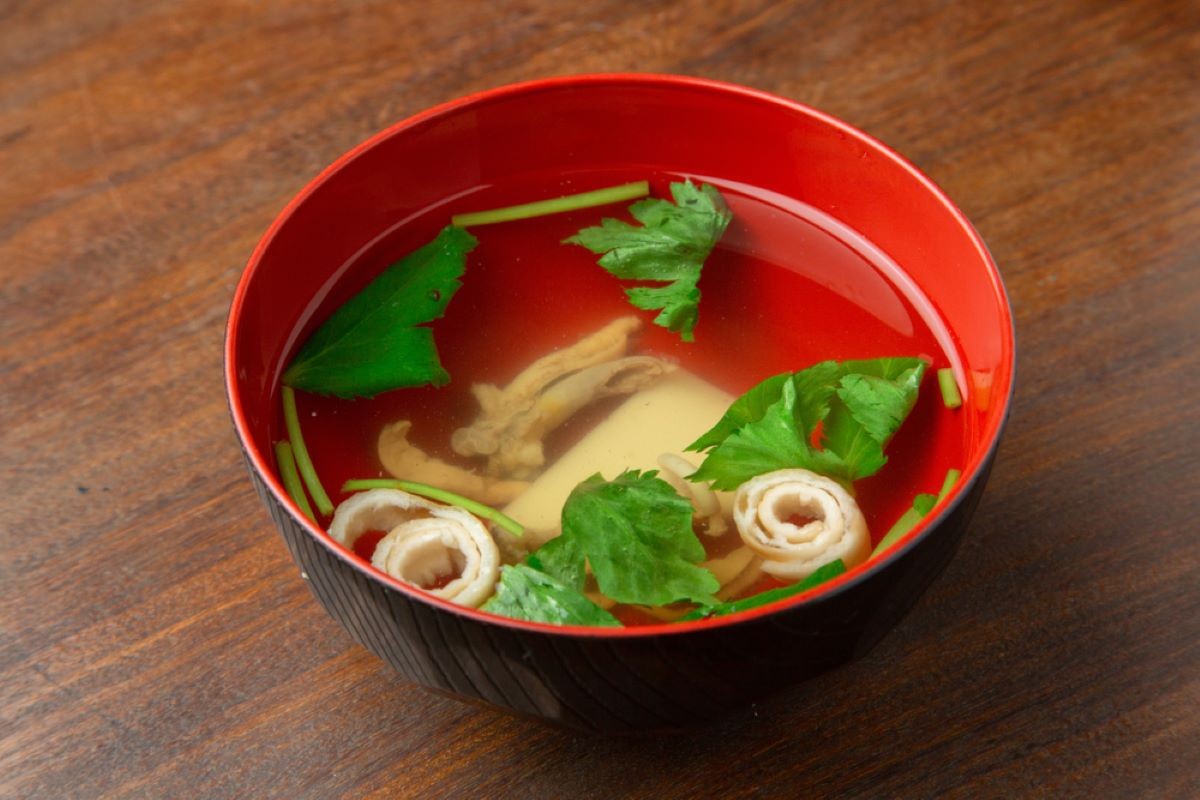
Eel Liver Soup
A soup containing eel liver. Its taste is light and refined, making it a perfect palate cleanser when eating the richly flavored eel rice bowl.
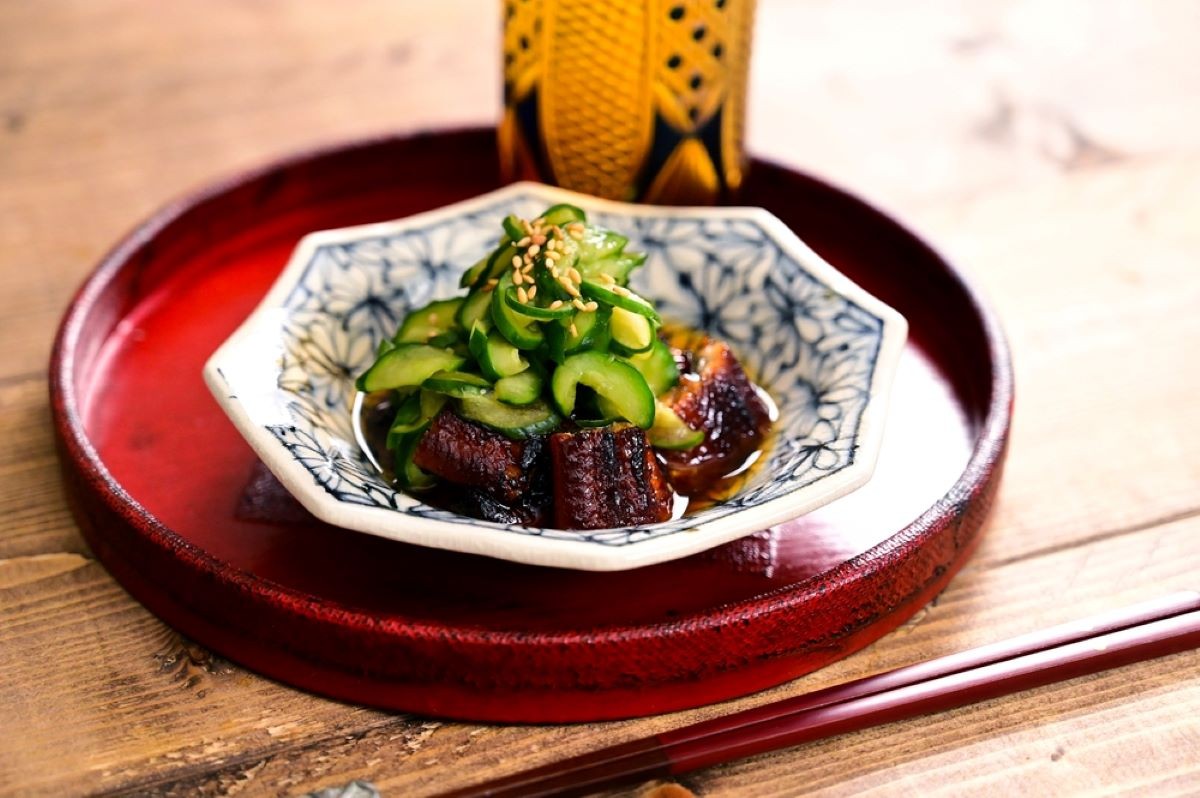
Uzaku
A traditional dish from Mie Prefecture, featuring grilled eel and cucumber mixed with vinegar. It's easy to make at home and its refreshing taste is perfect for summer. Topping it with your favorite condiments like shredded myoga (Japanese ginger) is also good!
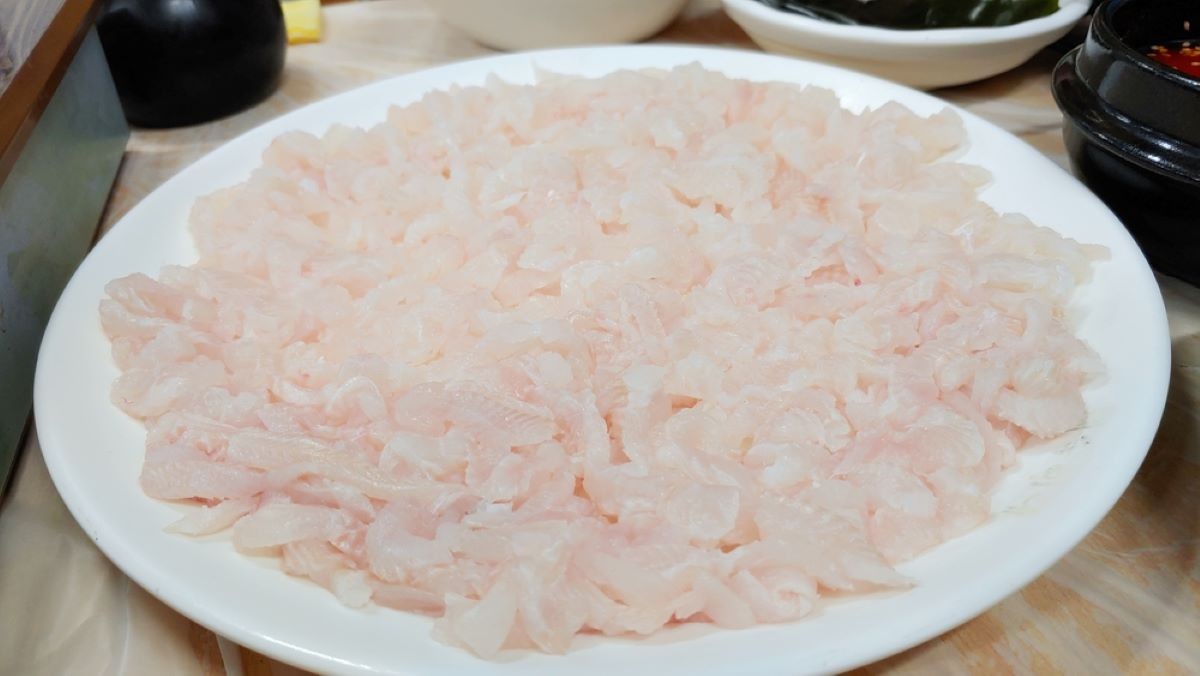
Eel Sashimi
Eel blood contains toxic components, which is why you don't often see sashimi. However, if the blood is carefully removed, it can be eaten raw. The sashimi has a resilient texture and a chewiness that allows you to enjoy the sweet taste of the fat the more you chew.
Why not make a reservation at a restaurant where you can enjoy eel dishes?
Nowadays, you don't have to go to the production area to eat delicious eel, but there may be some people who are worried about which restaurant to choose. For those people, we will introduce recommended restaurants carefully selected by our editorial department this time! You can easily make a reservation by phone or online, so please check the link below.
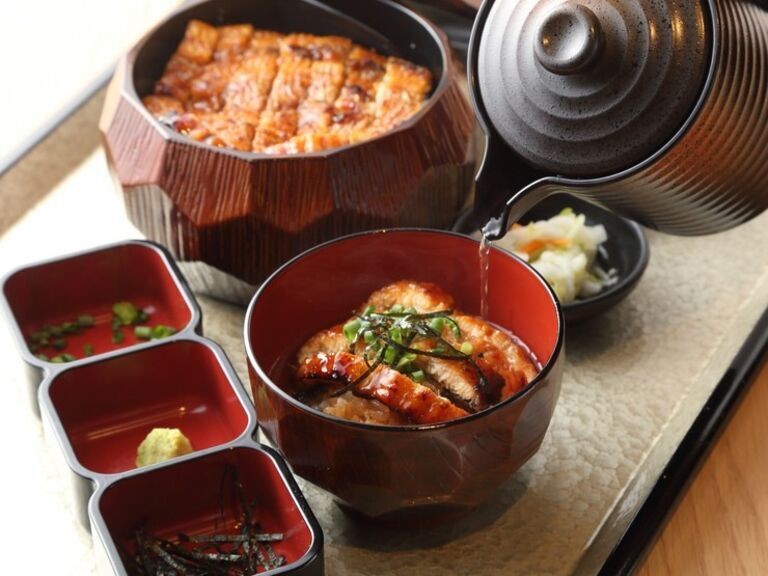
Unagidokoro UMAMI
- Address: 1-16-20, Morinomiya Chuo, Chuo-ku, Osaka City, Osaka Prefecture
- Access: 3 minutes walk from Morinomiya Station on the Osaka Metro Nagahori Tsurumi-ryokuchi Line and Chuo Line, 3 minutes walk from JR Morinomiya Station
- Business hours: [Mon-Fri] Lunch 11:00-15:30 (L.O.15:00), Dinner 17:00-20:30 (L.O.20:00), [Sat, Sun, Holidays] 11:00-20:30 (L.O.20:00)
- Closed: Open daily (closed for New Year holidays)
- Price range: Lunch 3000 yen, Dinner 5000 yen
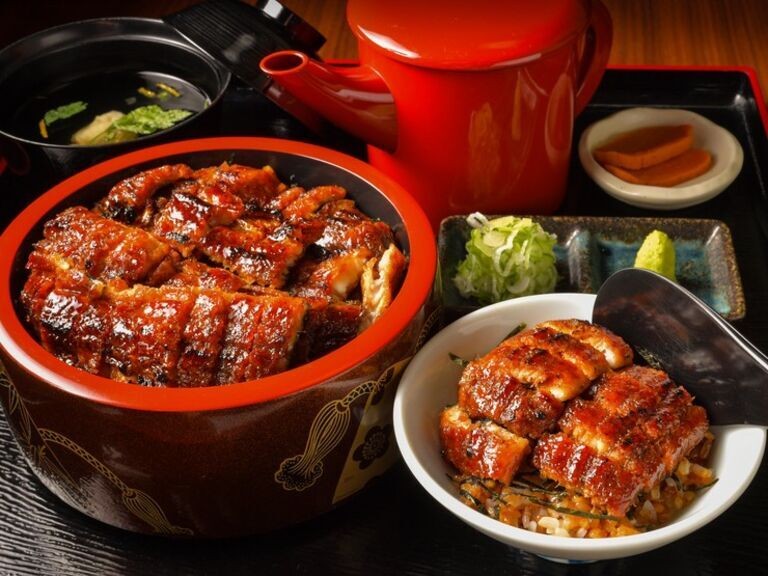
Third Generation Eel Cuisine Restaurant 'Unato' Nakagawa Main Store, Founded in 1969
- Address: 9-22, Fukuzumi-cho, Nakagawa-ku, Nagoya-shi, Aichi Prefecture
- Access: 10-minute walk from Sasashima Live Station on the Aonami Line, 12-minute walk from Kogane Station on the Kintetsu Nagoya Line
- Business hours: Lunch 10:30-14:00 (L.O.14:00), Dinner 16:30-21:00 (L.O.21:00)
- Closed: Irregular
- Price range: Lunch 4000 yen, Dinner 4000 yen
👉Click here to make a reservation
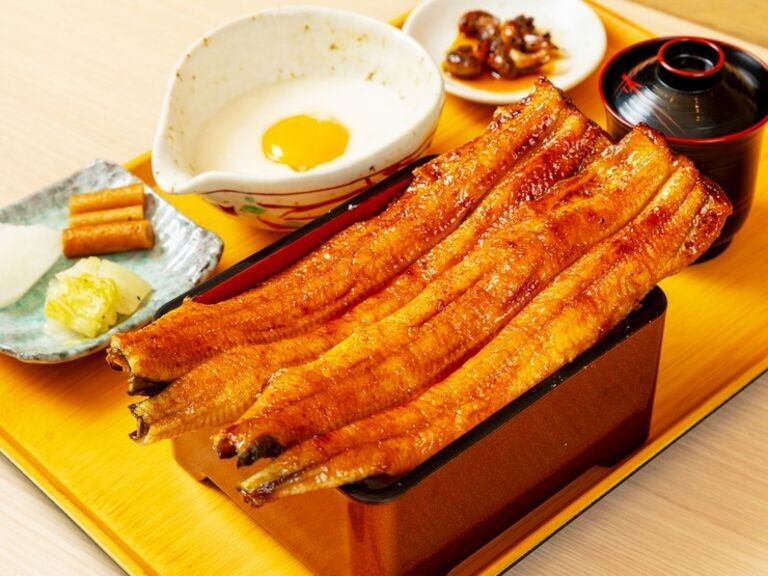
Unagi no Masa
- Address: 1-31 Ikutamacho, Tennoji-ku, Osaka
- Access: 1 minute walk from Exit 3 of Tanimachi Kyuchome Station
- Business hours: 11:00 - 21:00 (L.O. 20:00) *May close before the end of business hours depending on stock
- Closed: Irregularly
- Price range: Dinner 4000 yen
👉Click here to make a reservation
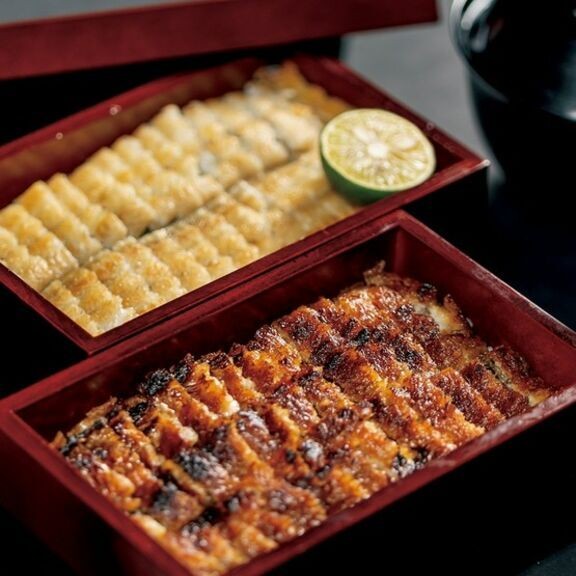
Charcoal Grilled Eel Hitsumabushi Munagi (武奈伎)
- Address: B1F, Sakae D-1 Building, 4-17-21, Sakae, Naka-ku, Nagoya, Aichi
- Access: 5 minutes walk from "Yabacho Station" on the Nagoya City Subway Meijo Line, 9 minutes walk from "Sakae Station" on the same line, 5 minutes walk from Matsuzakaya Main Building
- Business hours: 11:00~22:30 (L.O.22:00)
- Closed: Irregular
- Price range: Regular 5000 yen
👉Click here to make a reservation
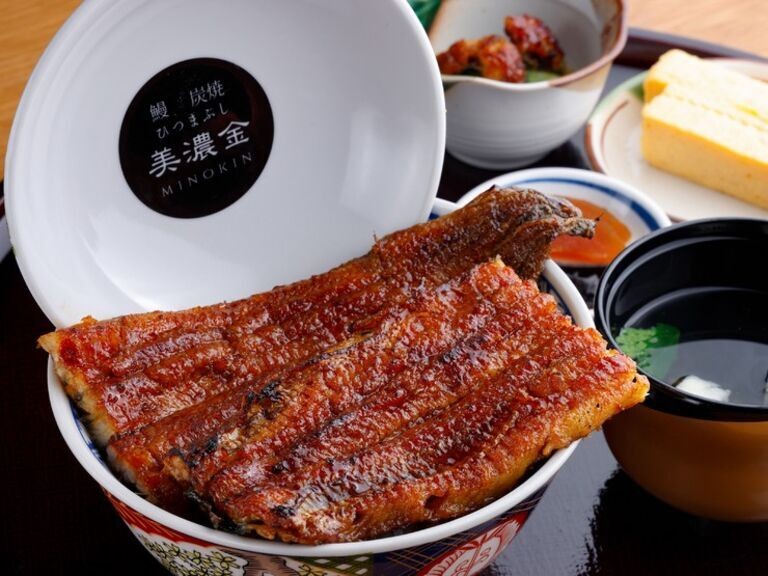
Unagi Charcoal Grilled Hitsumabushi Minokin Kanda Main Store
- Address: 1F, VORT Suehirocho II, 6-14-3 Soto-Kanda, Chiyoda-ku, Tokyo
- Access: 1 minute walk from Suehirocho Station Exit 4, 5 minutes walk from Yushima Station Exit 6, 7 minutes walk from Akihabara Station Electric Town Exit
- Business hours: Lunch 11:00~15:00 (L.O.14:30), Dinner 17:00~21:00 (L.O.20:30)
- Closed: Open daily (except for specified days)
- Price range: Lunch 4000 yen, Dinner 5000 yen
👉Click here to make a reservation
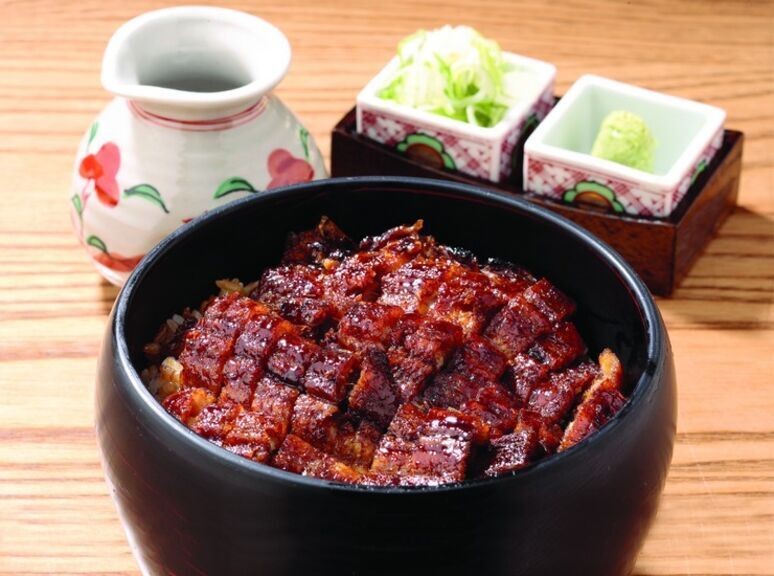
Hitsumabushi Bincho Grand Front Osaka
- Address: 4-20 Ofukacho, Kita-ku, Osaka, South Building A Block FO705
- Access: 5 minutes walk from JR Osaka Station
- Business hours: Lunch 11:00~15:00 (L.O.14:30), Dinner 17:00~23:00 (L.O.20:30)
- Closed: Irregular (according to Grand Front Osaka)
- Price range: Lunch 3000 yen, Dinner 5000 yen


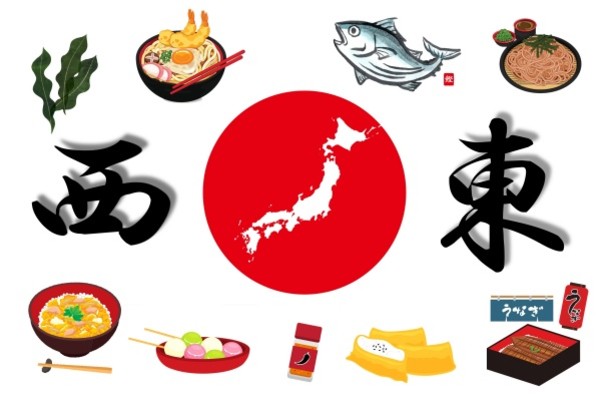
Comments